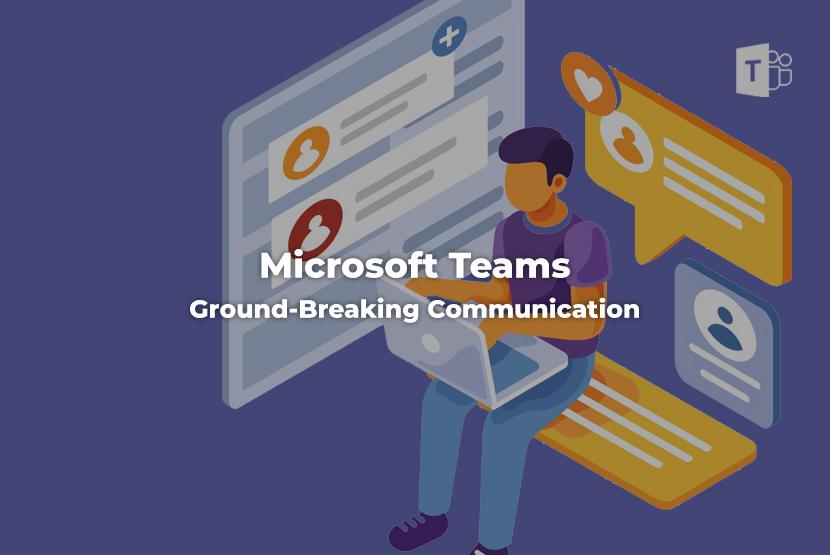Every day, over 13 million people use Microsoft Teams to communicate with each other, share documents with their colleagues and collaborate with remote workers.
Key points:
What is Microsoft Teams?
Launched in 2016, Microsoft Teams is the latest addition to the Office 365 ecosystem and offers a new way to approach communication across a business – less formal and easier to keep track of than your email inbox but more professional and with more enterprise features than a group chat on WhatsApp or Facebook.
For anyone who has ever used Slack, the layout of Teams will be familiar, with chats grouped into private one-on-one chats, department-wide chats and company-wide chats.
What would I use Microsoft Teams for?
The real advantage Teams has over its alternatives is its integration with other Microsoft products like Outlook, Excel and Word. Teams allows you to share, access and edit Office 365 compatible files directly from within the chat, with no need to toggle to a different application.
The structure of different chats is entirely down to you and you can create groups and subgroups that reflect your organisation’s hierarchy (or lack of it). One Teams user can tag another in conversations using the @ symbol, sending a notification directly to their desktop.
Group chats can become conference calls at the touch of a button, with no need to open Skype, Hangouts, Zoom or any other video chat software.
The Teams mobile app allows remote workers to join directly from their smartphones, wherever they are in the world and Microsoft Teams’ Phone System and Calling Plan allows for users not on Teams (like your customers) to join a Teams conference call by calling a specially provided landline number. Future conference calls can also be scheduled from within the app and synced to your Outlook calendar, or vice versa.
My employees already uses Outlook. Some of them won’t want to switch to Microsoft Teams
Studies have shown that millennial employees prefer to communicate through collaborative workspaces that resemble group chats, with instant replies, notifications and the ability to send GIFs and emoji whereas employees who are Gen-X or older tend to prefer email. Luckily, with Microsoft Teams, they both get to use what they feel comfortable with.
The integration with Outlook means that team members who prefer to use Outlook can continue to be involved in the Teams chat. This is a big advantage to the “all-or-nothing” approach of using Slack or WhatsApp for communication.
Is Microsoft Teams secure?
How do I get Microsoft Teams?
If your organisation already has Office 365 then you will have Teams bundled as part of your package. Click on your start menu and type Teams into the search box to find it.
If you don’t already have Office 365 – you can learn more about what benefits it can bring to your organisation here.
We’re always happy to help businesses make the best decision for their customers and their teams, speak to one of our team today to find out more about Office 365 and Microsoft Teams.

